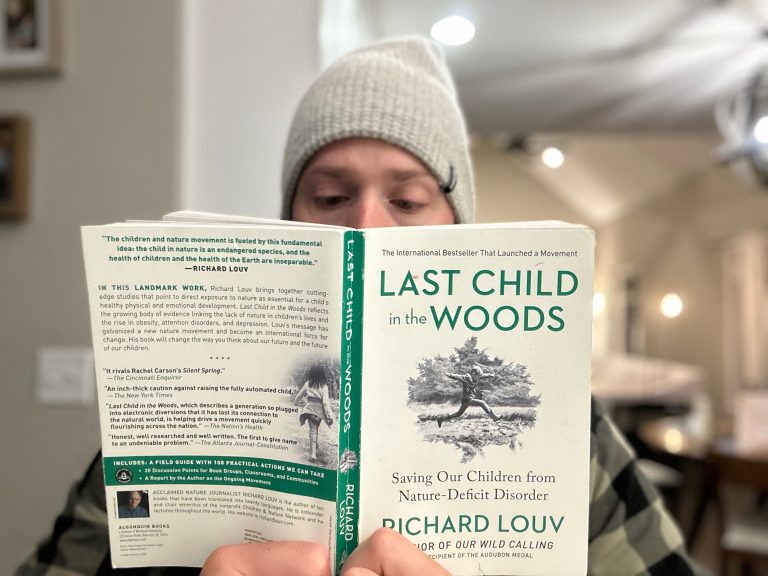A Breath of Fresh Insight: A Reflection of James Nestor’s “Breath”

Imagine harnessing your breath, that humble act repeated thousands of times a day, to unlock deeper sleep, invincible health, and a life quality that’s nothing short of extraordinary. The secret’s in the sigh, the whisper, the inhale and exhale – let’s dive in.
A Lifelong Struggle with Sleep
Sleep: a necessity, a luxury, and, in my case, a near-impossible task. For years, I’ve tossed and turned, battled with nightmares, struggled through hypersomnia, and waged an ongoing war against the sandman. Sleep aids and relaxation techniques seemed like my only allies. Yet, they were mere band-aids, failing to uncover and resolve the root of the issue. First came Matthew Walker’s “Why We Sleep“, which sparked my journey toward sleep salvation. Then, Nestor’s “Breath: The New Science of a Lost Art” fell into my hands at a time when I was desperately searching for a solution to this conundrum.
“Breath” isn’t merely a book. It’s a compelling study into the importance of the one function we’ve overlooked for centuries – our breathing. It’s an eye-opening exploration that questions everything we’ve assumed about our respiratory function.
Unveiling the Power of Breath
Upon delving into Nestor’s work, I found myself drawn to his convincing arguments about the human body’s lost art of proper breathing. From the moment he shed light on how our ‘oral posture’ has degraded due to industrialized lifestyle and dietary changes, I found the book both frighteningly revelatory and enlightening.
Nestor has a unique way of blending scientific jargon with layman’s terms, making it approachable for a wide audience. As an amateur scientist (my academic pinnacle is a Master’s in Medical Sciences with one first-author paper under my belt), I appreciated how Nestor took pains to back his claims with ample research and credible scientific evidence, leading to comprehensive and profound revelations about breath.
His concept of breathing through the nose, rather than the mouth, was particularly striking. The idea that such a small change could lead to improved health and, ultimately, better sleep, seemed almost too simple to be true. Yet, Nestor’s persuasive arguments and case studies had me testing this theory, leading me into a journey of self-discovery.
The Lost Art and Its Implication on Sleep
Nestor demonstrates how our failure to breathe correctly contributes significantly to the epidemic of sleep disorders. I was particularly impacted by the case studies of individuals who have significantly improved their sleep and overall health by applying simple breathing techniques. Reading about people overcoming sleep apnea and other serious sleep disorders using the methods Nestor advocates was nothing short of a revelation.
My sleep struggles suddenly took on a different hue. I realized that my problematic breathing patterns during sleep were likely responsible for the issues that plagued me for years. It wasn’t just my sleep quality that was at stake here, but my overall health and longevity.
Bridging the Gap Between Theory and Practice
While the book’s revelations were indeed groundbreaking, they were also daunting. The prospect of revamping my entire breathing process was both overwhelming and intimidating. However, Nestor proved himself an adept guide, breaking down these complex ideas into digestible information and actionable steps.
He offered a range of practical exercises designed to retrain the body to breathe more effectively. Nestor’s instructions were clear, precise, and more importantly, doable. I found myself practicing these exercises and noticed gradual but undeniable changes in my sleep quality and overall energy levels. For the first time in years, I was sleeping soundly, waking up refreshed and invigorated.
Ensuring a Better Future for My Kids
Having experienced firsthand the transformation that a simple adjustment in my breathing brought about, I was determined to ensure my children were equipped with this knowledge. Our modern world, with its constant distractions and demands, tends to override the natural tendencies of our bodies. I believe Nestor’s book is a crucial tool in countering this trend.
Nestor makes a compelling case for introducing proper breathing techniques to children at a young age. Such education can instill healthy habits that will safeguard their sleep quality and overall health throughout their lives. I’ve taken to incorporating Nestor’s suggestions into my children’s routines, hopeful for their future as proficient breathers in this breathless world.
Another aspect of breathing is the development of the facial structure starting from a young age. Nestor argues, quite convincingly, that the changes from tough, chewy food to soft foods in the modern diet have led to the underdevelopment of the facial structure – significantly, the aspect that enables our ability to breathe freely and unencumbered.
Taking this point seriously, I’ve ensured to incorporate a diet full of tough foods like meat in my children’s diets and have significantly reduced soft foods. This act is not too difficult; once you’ve removed all ultra-processed foods from your home and child’s diets, and have incorporated real, whole foods, as we have done, then most soft foods are inevitably eliminated.
A Journey of Transformation
“Breath: The New Science of a Lost Art” is not just another self-help book; it is a lifeline for individuals struggling with sleep disorders and other health-related issues linked to improper breathing. Its blend of science, history, and practical advice makes it an indispensable guide for anyone seeking to improve their health.
As a sleep-deprived parent in a relentless world, I found solace and solutions within its pages. Today, I sleep better, breathe better, and live better. Moreover, I’m equipped with the knowledge to guide my children towards a future with healthy breathing and quality sleep. And for that, I am profoundly grateful to James Nestor for writing this phenomenal book.
If you’ve struggled with sleep, if you’re concerned about your children’s health, or if you’re merely curious about the unexplored potential of our breath, then Nestor’s “Breath” is a must-read. This book is a journey, a revelation, and most importantly, a gift of healing.
Stay tuned for my comprehensive summary of “Breath,” similar to what I put together for “Why We Sleep“.
If you enjoyed this book reflection, be sure to see what else I’ve been reading here!
Interesting in reading it yourself? Check out the link below!






